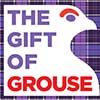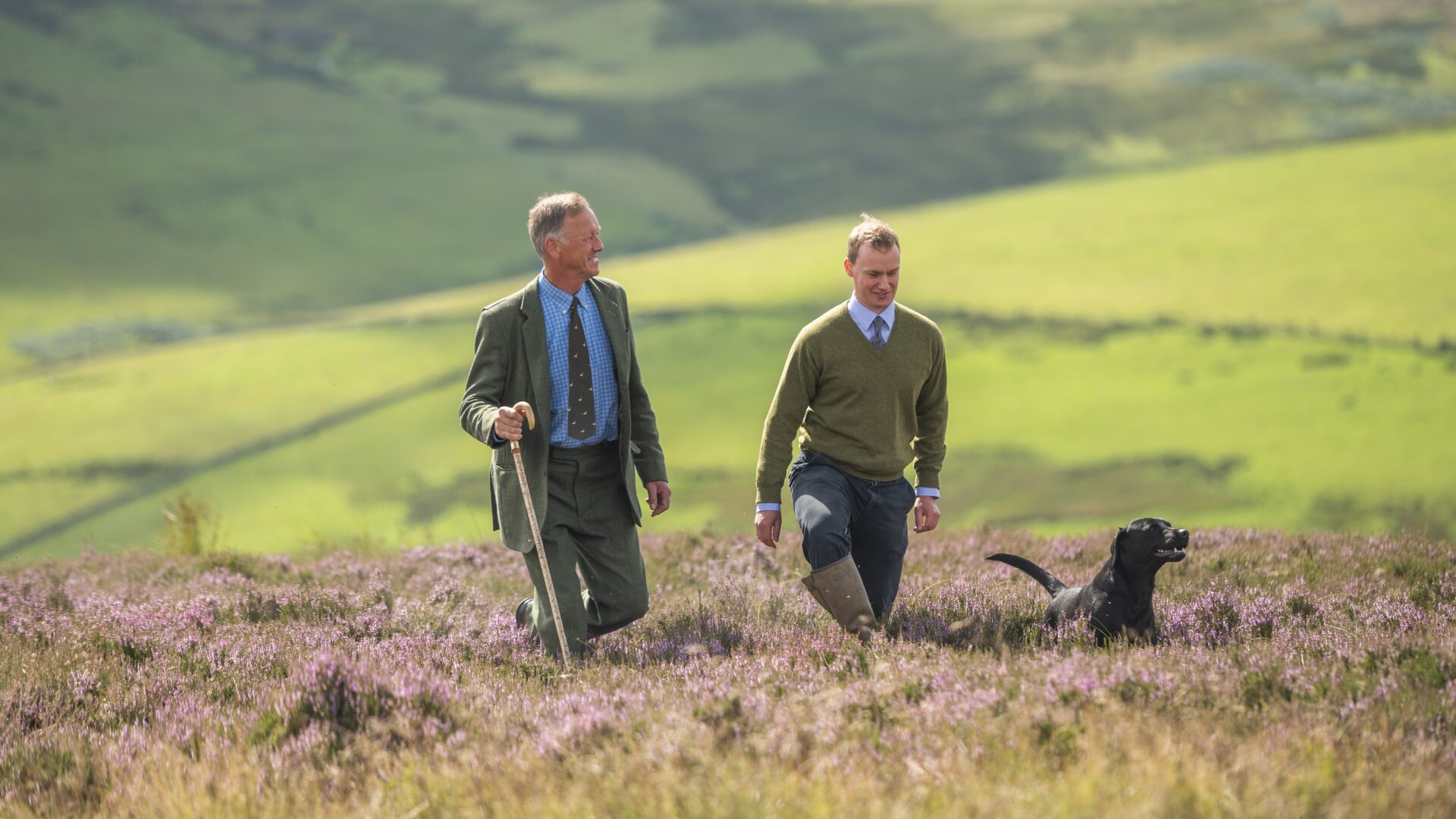Scottish estates are making final preparations for the Glorious 12th, the start of the grouse season.
This year’s season is more important than ever to rural businesses, after the economic hit from the Covid restrictions on tourism and hospitality last year.
At Roxburghe Estates in the Scottish Borders, head keeper Drew Ainslie and assistant factor Ed Brown were out on Byrecleugh Moor today making their final assessment of the number of adult birds.
Ed Brown, assistant factor at Roxburghe Estates said: “After the past 18 months of disruption, the revenue from the grouse season will be a lifeline for small businesses, hotels and pubs in the area. The expenditure during the season provides a much-needed boost outwith the peak tourist season in the summer.
“Like many estates our main shooting programme will start in September. It’s not unusual to have a slow start to the season, and the cold weather in April and May will have affected early nesting birds.”
In addition to the economic boost, the moorland conservation work undertaken on grouse moors promotes biodiversity.
Drew Ainslie said: “Well-managed moorlands provide habitat for at least 57 bird species in Scotland, as well as mountain hares, reptiles and amphibians. Curlew, lapwing, meadow pipit, oystercatcher and golden plover as well as a range of birds of prey, including golden eagles and hen harriers, all thrive on grouse moors. We are proud of our year-round conservation work.”
Game shooting supports 11,000 full time jobs in Scotland, of which 2,640 are in the grouse sector.
The value of the game and country sports industry to the Scottish economy is £350m annually. A survey of 45 grouse estates in 2017 showed that £23m of trade to local businesses was generated by Scottish estates before a grouse was even shot.


Wow, marvelous blog format! How lengthy have you ever been blogging for?
you make running a blog glance easy. The entire look
of your website is excellent, let alone the content material!
You can see similar here sklep internetowy
Hello there! I know this is kind of off topic but I was wondering if
you knew where I could get a captcha plugin for my comment form?
I’m using the same blog platform as yours and I’m having trouble finding one?
Thanks a lot! I saw similar here: Najlepszy sklep
Hi there very cool site!! Guy .. Beautiful .. Superb ..
I will bookmark your site and take the feeds also? I’m satisfied to search out so many useful info here within the submit, we
need develop more techniques in this regard, thank you for sharing.
. . . . . I saw similar here: Najlepszy sklep
Hey! Do you know if they make any plugins to assist with Search
Engine Optimization? I’m trying to get my blog to rank for some targeted keywords but I’m not seeing very good results.
If you know of any please share. Kudos! You can read
similar article here: Najlepszy sklep
Woah! I’m really digging the template/theme of
this site. It’s simple, yet effective. A lot of times it’s challenging to get that “perfect balance” between user friendliness and appearance.
I must say you’ve done a excellent job with this. Also, the blog loads super fast
for me on Chrome. Outstanding Blog!
my blog; vpn special coupon code 2024
Your style is unique in comparison to other people I have read
stuff from. Many thanks for posting when you
have the opportunity, Guess I’ll just bookmark this web site.
Also visit my site: vpn special coupon
Currently it seems like BlogEngine is the best blogging platform out there right now.
(from what I’ve read) Is that what you are using on your blog?
Here is my web blog … vpn coupon 2024
Good day! Do you know if they make any plugins to assist with
Search Engine Optimization? I’m trying to get my blog to rank for some targeted keywords
but I’m not seeing very good gains. If you know of any please share.
Cheers! I saw similar text here: GSA List
Hey! Do you know if they make any plugins to assist with
SEO? I’m trying to get my blog to rank for some targeted keywords but I’m not seeing very good results.
If you know of any please share. Kudos! I saw similar art here: List of Backlinks
I’ve been surfing on-line more than three hours
as of late, yet I never discovered any interesting article like yours.
It is lovely value sufficient for me. In my view, if all web
owners and bloggers made excellent content as you probably did, the web might be
a lot more helpful than ever before.
My web blog; vpn special coupon code 2024
Wow, amazing blog format! How long have you ever been running a blog for?
you made blogging glance easy. The entire look
of your site is excellent, as smartly as the content!
You can see similar here sklep
Wow, superb weblog structure! How lengthy have you been blogging for?
you made blogging look easy. The overall look of your site is fantastic, as smartly as the content material!
You can see similar here najlepszy sklep
Wow, incredible weblog layout! How lengthy have you ever
been running a blog for? you made blogging glance easy.
The whole look of your website is fantastic, as smartly as the
content material! You can see similar here sklep internetowy